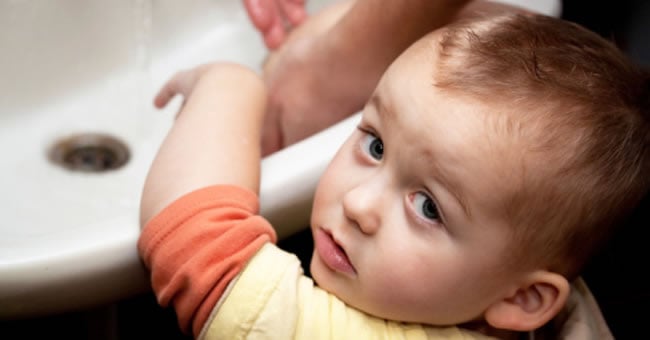
Life skills (also known as self-help skills or everyday skills) are the skills we use throughout our lives to function and take care of ourselves. However, children with autism often struggle to learn how to wash their hands, dress themselves, and do other important life skills. This means that educators have to figure out how they can best help children with autism learn the life skills they need to be successful. In Teaching Young Children with Autism Spectrum Disorder, Clarissa Willis provides the following guidelines for teachers to follow as they work on teaching children with autism a new skill:
Choosing a Life Skill to Teach
- Start by deciding which skill is the most important to the child and his or her family. Base this decision on the developmental level of the child, your observation of the child, and the wishes of his or her family.
- Identify the challenges to teaching the skill you've selected. Is the child hypersensitive to touch? Does he or she have a short attention span? Is the child unwilling to tolerate water?
- Inform everyone who will be working with the child that you plan to teach him or her something new. Be sure to tell your teaching assistant, the child's afterschool caregiver, and anyone else the child spends a significant amount of time with.
- Gather all of the materials you will need to teach the new skill.
Preparing to Teach a Life Skill
- Make a list of the vocabulary associated with the new skill. Make sure that you and the child's family are both using the same words and same procedure for practicing the new skill. The terms you use should be concrete and not confusing for the child.
- Make a task analysis or step-by-step guide for completing the skill. Write down each step of the task and then review the list to see if you've left anything out. Be very detailed and describe for yourself what you want the child to do.
- Make another task analysis to use with the child. This list needs to be much less detailed and simpler than the list you wrote for yourself. Make sure you're specific, concise, and clear about what the child is to do.
- Using the list you made for the child, practice the skill several times yourself. Pay attention to how you model each step. Remember, things that seem natural for you may or may not be natural for the child.
- Decide on the best time to begin implementation of the new skill. You can start teaching the child some of the basic steps even if he or she isn't ready to complete the task alone.
- Make sequence cards for each step and use simple pictures that clearly demonstrate what you're doing. Be sure to make a second set of cards to send home with the child. You may also want to make a third set of cards to have as a backup set.
Teaching a Life Skill to Children
- Practice any new skill in the natural environment in which it should occur. For example, you should have a child practice brushing his or her teeth at a real sink in the bathroom–not a plastic sink. Remember to place the sequence cards in front of the child and talk about each one in clear and concrete language.
- Model each step for the child before asking him or her to start the task.
- Don't forget the home-school connection—keep the family involved. Encourage families to make an effort to reinforce the concepts and skills a child learns at school in the child's home environment.
- Give the child time to practice one step of a skill before going on to the next. Remember that expecting too much, too soon, can be overwhelming for both you and the child.
Be sure to read the other articles featured in the Inclusive Classroom category of our Insights and Inspirations section for a variety of tips on how you can create a great learning environment for children of all abilities.
